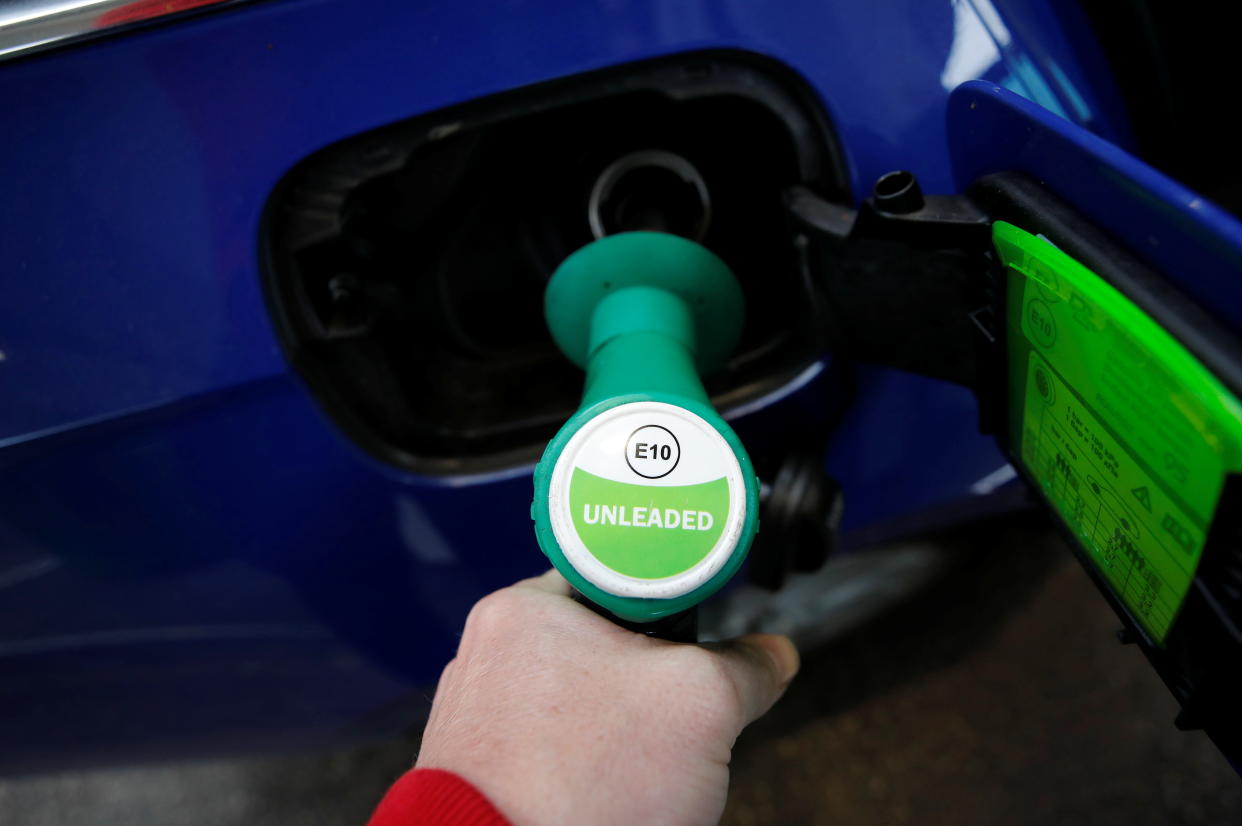New E10 petrol baffles UK motorists, survey finds

The new E10 petrol has confused a quarter of UK motorists this month, a survey has found.
Drivers filling up their vehicles at British petrol stations have admitted that they are unsure as to whether their cars can run on the more eco-friendly version, the RAC has said.
E10 contains less carbon and more ethanol than other motor fuels such as E5, and is set to be made the new standard petrol grade by the UK government. Current petrol grades contain up to 5% ethanol, with the other 95% being regular unleaded petrol.
Research from the RAC showed that 24% of motorists are unaware of E10, while some 27% do not know if their car is compatible.
Watch: Everything you need to know about E10 petrol
According to the Department for Transport (DfT), the introduction of E10 could cut carbon emissions by 750,000 tonnes a year as the government looks to hit its climate targets. It is aiming to cut carbon emissions by 78% by 2035.
Read more: Everything you need to know about E10 petrol, the new standard fuel
The move is equivalent to taking 350,000 cars off the road.
E10 is currently used across Germany, France, Belgium, and Finland, and is being rolled out in the UK this year, with the exception of Northern Ireland, which will start in early 2022.
However, the RAC said that as many as 600,000 older vehicles that are currently on UK roads will not be compatible. Those with incompatible vehicles will have to use E5 super unleaded instead, which can cost as much as 12p a litre more than standard unleaded. According to the survey, almost six in 10 (59%) drivers who know their cars are incompatible with E10 are worried about the higher cost of filling up, while 20% fear mistakenly filling their tanks with E10.
Nicholas Lyes, RAC head of policy, said the process of E10 petrol appearing on forecourts would continue "at pace" in coming weeks.
“Drivers who will continue to rely on E5 will also need to make sure the filling station they're visiting stocks the fuel in the first place, or risk running out of fuel and having to call on their breakdown provider," he said.
Read more: Net zero plans could see cost of running a car rise by £100 a year
He added: "We'd also like to remind owners of classic cars that they need to be careful not to accidentally top up with E10 and then leave it sitting unused in the tank for long periods, something which can lead to expensive damaged plastics, metals and seals."
Motorists can check online if their cars, vans, motorcycle or moped can use E10 petrol.
You need to know the vehicle manufacturer to use the service, and may also need the vehicle model, engine size and year it was manufactured. Most petrol vehicles built after 2011 will be able to use E10.
This only applies to petrol vehicles — diesel and electric vehicles cannot use E10 petrol.
The move comes as Royal Dutch Shell (RDSB.L) announced its aim to install 50,000 on-street electric vehicle (EV) charging points in the UK over the next four years.
Shell will implement the plans through ubitricity, an on-street charging point company that it acquired in February which operates around 3,600 chargers in Britain.
Read more: UK expected to ban new petrol and diesel cars from 2030
The UK has banned the sale of new petrol and diesel cars from 2030 in an attempt to bolster the electric car market in the UK and reduce emissions of greenhouse gases to net zero by 2050.
The move will not apply to some hybrid cars which use a mixture of electric and fossil fuel propulsion, which could still be sold until 2035.
Watch: Sale of new diesel and petrol HGVs to be banned after 2040


